In the yogic tradition, spanda is the subtle creative pulsation that manifests in all living and non-living entities. Recognizing and aligning with spanda helps us become more present in the moment, with a greater sense of connection and joy.
The ancient yogic assertion that everything pulsates is true in a very literal way: Scientific investigations confirm that everything vibrates, from the atoms that make up all matter, the cells in our bodies, and our bodies as a whole, which expand and contract with our breath, to the stars, and to the universe as a whole, which, according to Einstein’s theory of relativity, must either be expanding or contracting.
Aligning with spanda means becoming aware of your own pulsations, and then the pulsations of the world around you. It means bringing your pulsations into harmony with the pulsations around you. Practically speaking, it means becoming aware of the pulsation of your body created by your breath. It means quieting and smoothing out these pulsations, and then aligning your yoga practice more completely with your breath. The result is to bring yourself into better alignment with your inner spanda. Tuning in to your own pulsation will lead you onto the path of aligning yourself with the rhythms of the world around you, bringing your focus more firmly into the here and now. Moreover, the recognition of spanda in yourself and everything else will help you chip away at the illusory subject/object barrier we create that causes us to feel isolated and alienated from the world around us.
We’ll be exploring spanda this week both in asanas and in pranayama, and we will focus on muscular and organic energy to heighten our awareness of the pulsation within.
Try it now: align with spanda
Come to standing, close your eyes if that’s comfortable for you, and tune in to your breath. Notice how you feel. How tuned-in you are, or how distracted. How smooth and slow your breath is, or how shallow, rapid, and tense. As you tune in more deeply, does your breath naturally become slower, smoother, more delicious?
To facilitate breath awareness, place one hand on your belly button and the other on your breast bone. Observe the pulsation of your breath. Observe how it creates a slow pulsation in your ribcage, lifting and lowering your sternum. Does it change how you experience this moment in time when you think of this individual movement as a manifestation of the universal pulsation of spanda?
Let the pulsations ripple out
Once you can feel the pulsation in your breast bone without the aid of your hands, let your arms dangle as you look for other manifestations of spanda. Allow the pulsation of your breath to ripple out with less restriction, like ripples emanating from a pebble dropped into a pond.
Can you feel your collarbones broaden as you inhale? Can you feel them move towards each other as you exhale? What do your arms do if you just let them move with the breath, or rather, from the breath? Do they begin to rotate out as you inhale, and float up gently away from the sides of your torso? Do they rotate inward and settle back down as you exhale? If you allow the spanda of your breath to ripple out with greater ease, do your arms eventually float up quite automatically? Once that happens, can you let your next exhale take you into a standing forward bend? Continue breathing and moving in this way for another minute or so, Arms floating up overhead as a side-effect of each inhale, torso bowing forward as a side effect of each exhale.
Return to Tadasana after a minute or so, with your eyes closed, and notice how you feel. Do you feel more connected to yourself, and to the world around you? Do you feel more grounded, more at peace? If so, perhaps consider making this simple practice part of your daily routine. Or set an intention to remember this technique the next time you feel unsettled or out of sorts.
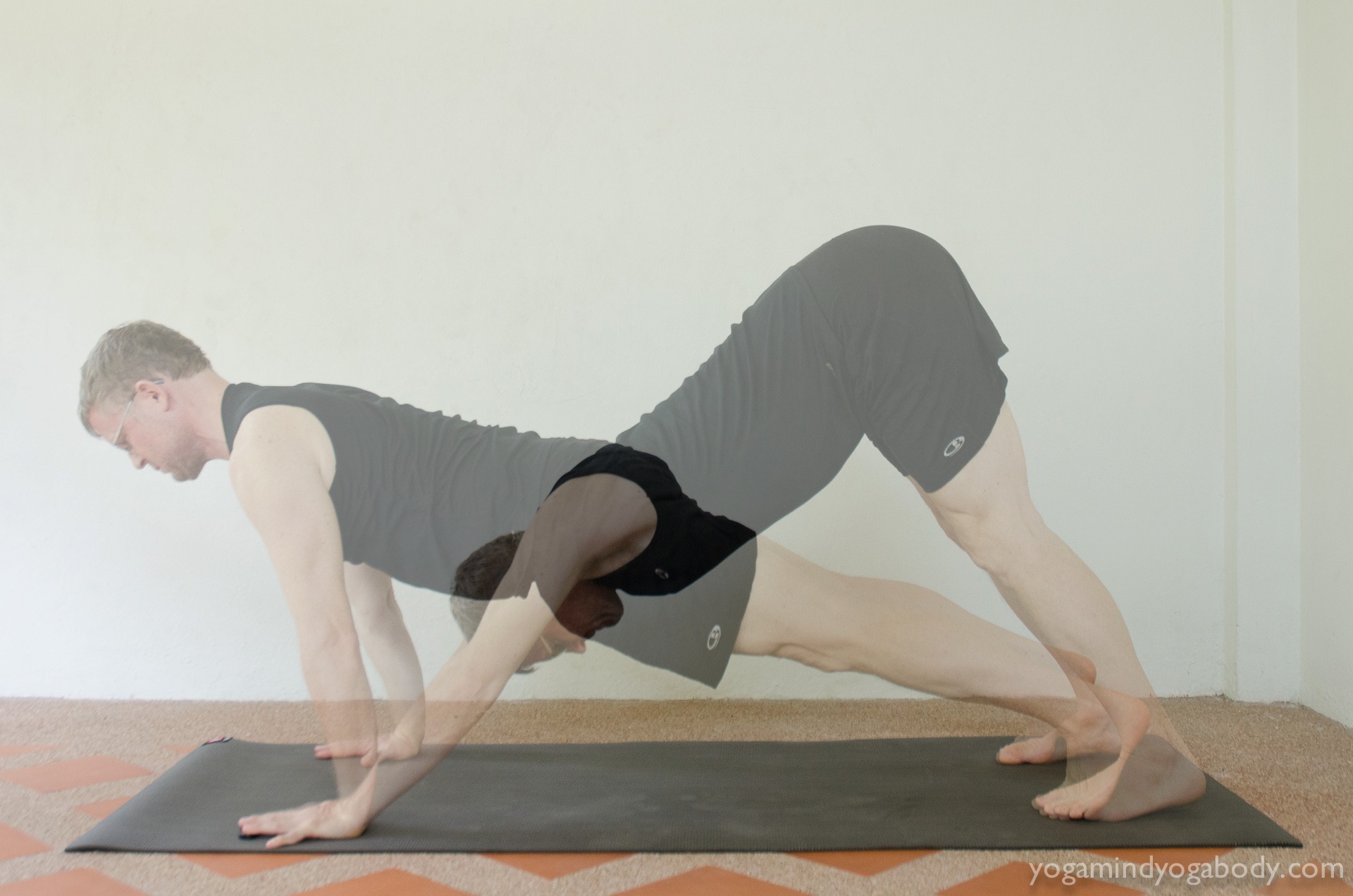
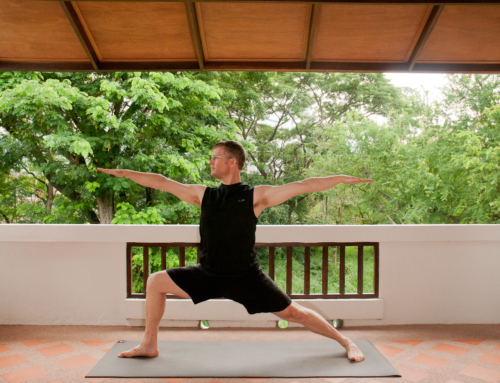
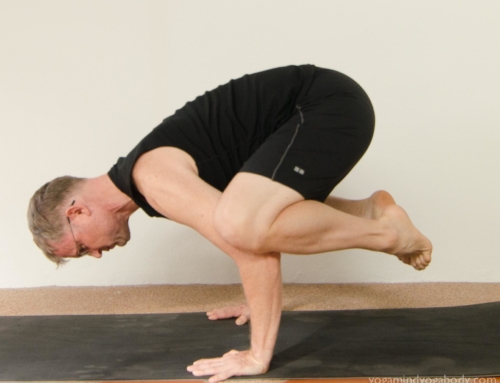
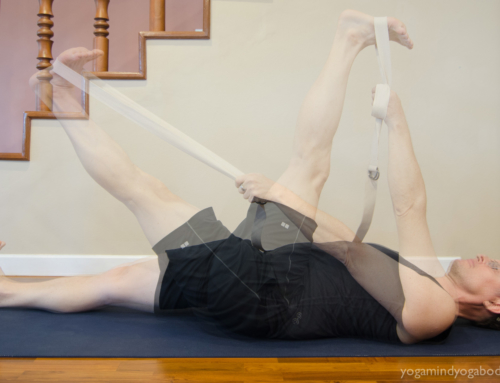
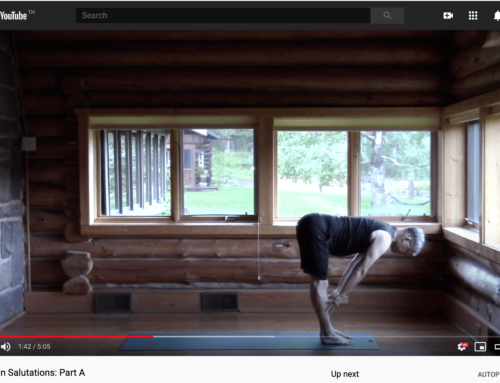
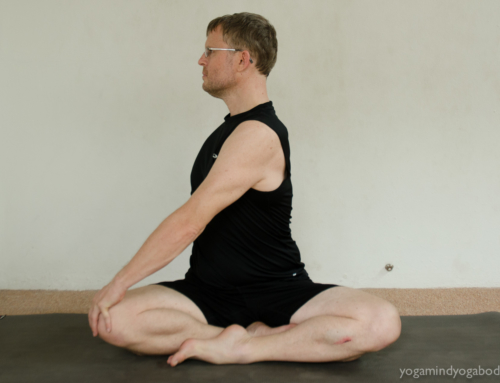
Good.bu5 pls add pranayama.
Good point! I’ll do that next time I teach this theme.